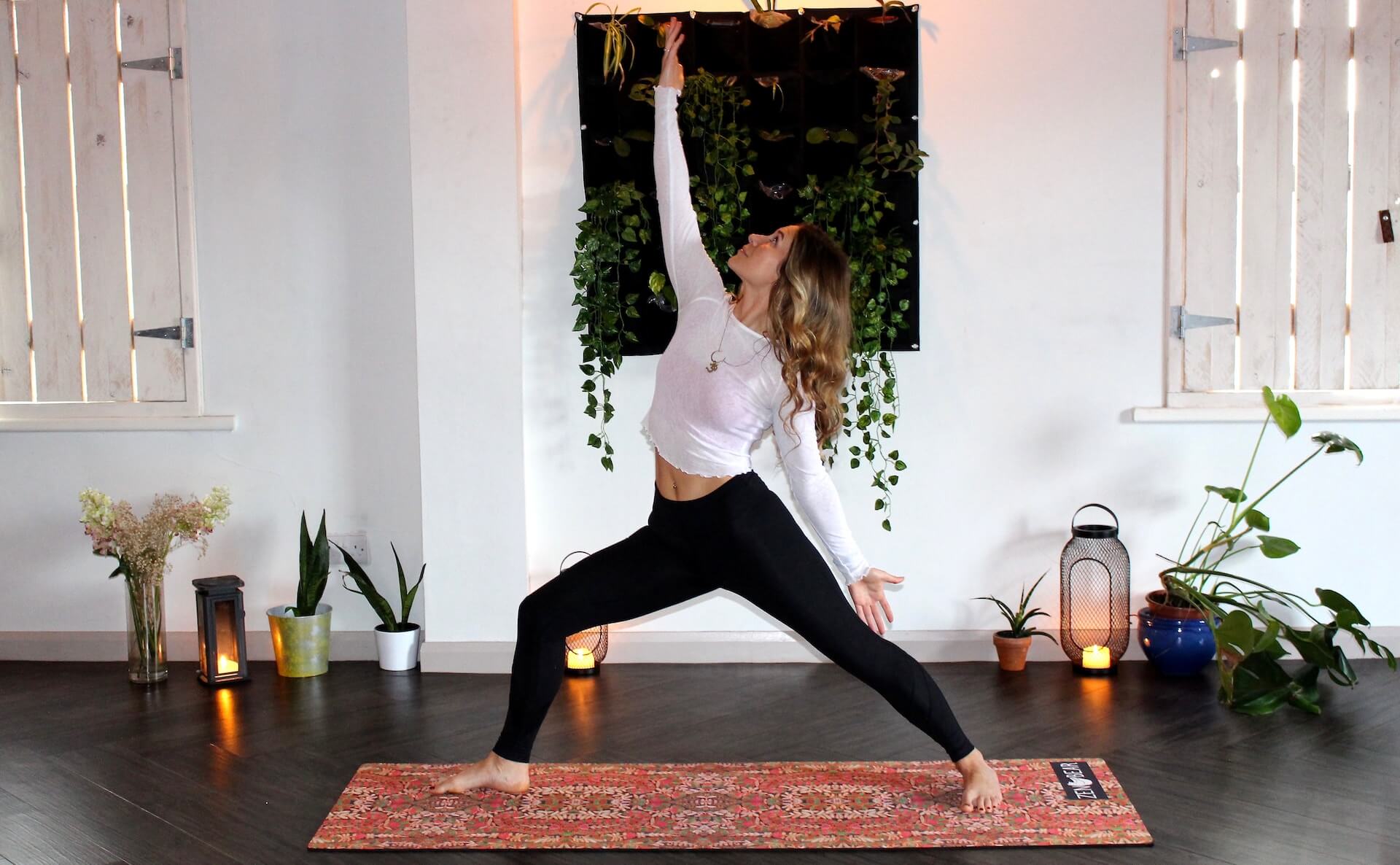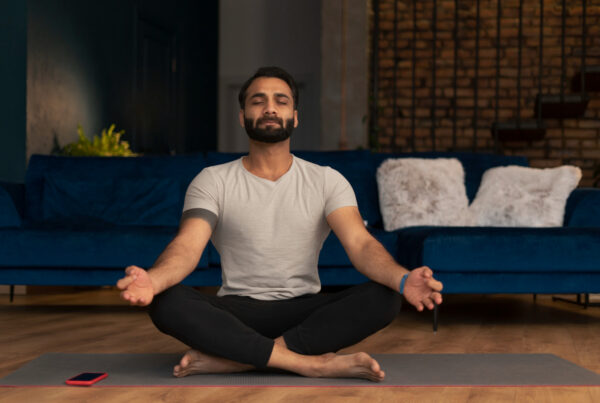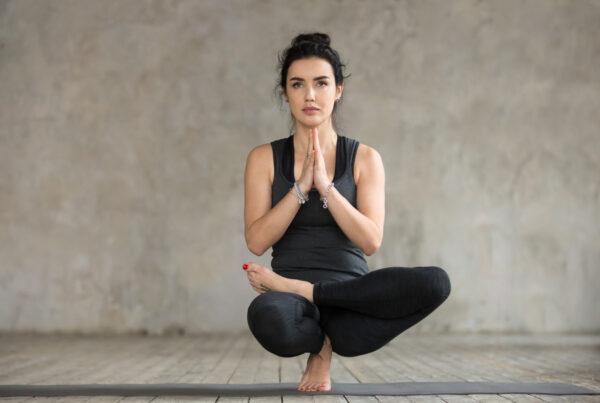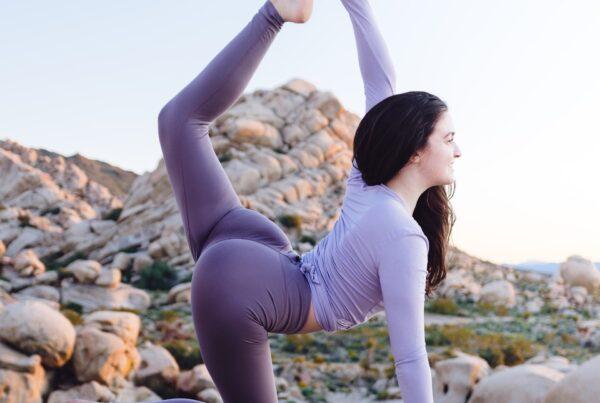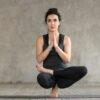Yoga is an old Indian discipline that has been around for a very long time. It takes a holistic approach to health and well-being that includes breathing exercises, meditation, and moral standards.
Yoga’s asanas, or physical positions, are intended to enhance the body’s flexibility, strength, and balance. Each position is executed mindfully with attention to the breath and alignment, enabling practitioners to gain more control and awareness over their bodies. Yoga is not just about working out; it’s also about developing a stronger bond between the body, mind, and soul.
The “yamas” and “niyamas”, which are moral precepts, are also included in yoga. These guidelines, which include ideas like non-violence, honesty, self-control, and contentment, are meant to direct practitioners in their dealings with others and with themselves.
What are the different types of yoga and how do they differ from each other?
There are various styles of yoga, each with a special purpose and advantages. Some of the most well-liked types of yoga include:
- Hatha Yoga: The most popular kind of yoga in the West is called hatha. It is a mild kind of yoga that emphasizes fundamental positions, breath management, and relaxation methods.
- Vinyasa Yoga: This style of yoga emphasizes synchronizing breath with movement and is a more dynamic variation of Hatha yoga. Flowing posture sequences that are in time with the breath are frequently used.
- Ashtanga Yoga: Ashtanga yoga is a physically taxing kind of exercise that calls for a specific series of poses. The sequence is made up of a series of postures that are held for a set amount of breaths and is intended to increase strength, flexibility, and endurance.
- Iyengar Yoga: Iyengar yoga emphasizes exact body alignment in every posture. Blocks and straps are common props used to assist pupils in achieving appropriate alignment.
- Bikram Yoga: Hot yoga, sometimes referred to as Bikram yoga, is performed in a heated space. The practice, which consists of a predetermined sequence of 26 postures, aims to improve flexibility and detoxify the body.
- Kundalini Yoga: To assist awaken the energy at the base of the spine, Kundalini yoga combines physical postures, breathing methods, and meditation. It is frequently seen as both a physical and a spiritual activity.
- Restorative Yoga: Yoga that focuses on gently relaxing and resting the body in supported positions is known as restorative yoga. It is frequently used to lessen tension.
- Yin Yoga: To stretch the body’s connective tissue, yin yoga practitioners hold passive poses for a long time. This style of yoga is excellent for enhancing flexibility and lowering tension.
- Power Yoga: Power yoga is a faster-paced, more athletic variation of traditional yoga that incorporates fluid, dynamic movements. Yoga in this style is excellent for increasing stamina and strength.
- Acro Yoga: It is a partner-based style of yoga that incorporates acrobatic poses and motions. It is a terrific way to practice yoga that is hard and enjoyable for developing communication and trust skills.
Ultimately, each style of yoga has its own distinct benefits and focus, and it is critical to select the type of yoga that best suits your body and goals.
What is Hatha yoga and what are some popular Hatha yoga poses?
Hatha yoga is a classical form of yoga that emphasizes physical poses (asanas) and breath management (pranayama) to encourage flexibility, strength, and relaxation. Although it is frequently regarded as a moderate style of yoga, novices and those who are new to yoga frequently choose it.
Each position in Hatha yoga is held for a number of breaths to allow the body to completely engage with it and reap its benefits. The emphasis on breath control also contributes to mental peace and relaxation.
Popular Hatha yoga positions are listed below:
- Mountain Pose (Tadasana): This fundamental standing position helps to enhance balance, posture, and body awareness. Picture your feet touching the ground and the crown of your head extending toward the ceiling.
- AdhoMukhaSvanasana: Also known as a downward-facing dog, is a full-body stretch that stretches the hamstrings and calves as well as strengthens the arms, shoulders, and core. Starting on your hands and knees, make an inverted V with your hips by lifting them up and back. Keep your feet hip-width apart and your hands shoulder-width apart.
- Warrior II (Virabhadrasana II): The standing posture known as Warrior II (Virabhadrasana II) strengthens the legs and hips while also enhancing balance and focus. Step one foot back and turn it out to a 90-degree angle to practice. The front knee should be bent while maintaining a straight line across the ankle. Maintain the front foot pointed forward. With the shoulders relaxed, extend the arms out to the sides.
- Tree Pose (Vrksasana): It is a balancing posture that enhances stability and concentration.Practice by placing your weight on one foot while standing with your feet hip-width apart. Place the sole of the opposite foot—which has been raised off the ground—against the inner thigh or calf of the leg that is standing. Bring the hands together at the heart’s center while pressing the foot and thigh together.
- Bhujangasana: Also known as the Cobra Pose, is a mild backbend that opens the chest and lungs while strengthening and flexing the spine. Lay on your stomach and place your hands behind your shoulders to practice. Keep your elbows close to your body as you press into your hands to elevate your chest off the floor.
Just a few examples of Hatha yoga postures are shown here. Hatha yoga is a versatile and approachable kind of yoga for people of all ages and abilities because there are so many additional poses and variants to discover.
Conclusion
In general, yoga is a thorough method of promoting health and well-being that can help people of all ages and skill levels. Practitioners can improve their physical stamina, mental acuity, emotional stability, and resilience with consistent practice. Ultimately, yoga may be a great addition to any fitness regimen because it offers a wide range of advantages for both physical and mental health. Yoga can assist you in achieving your objectives, whether they are to boost your spiritual well-being, lessen stress and anxiety, or improve your physical health.

